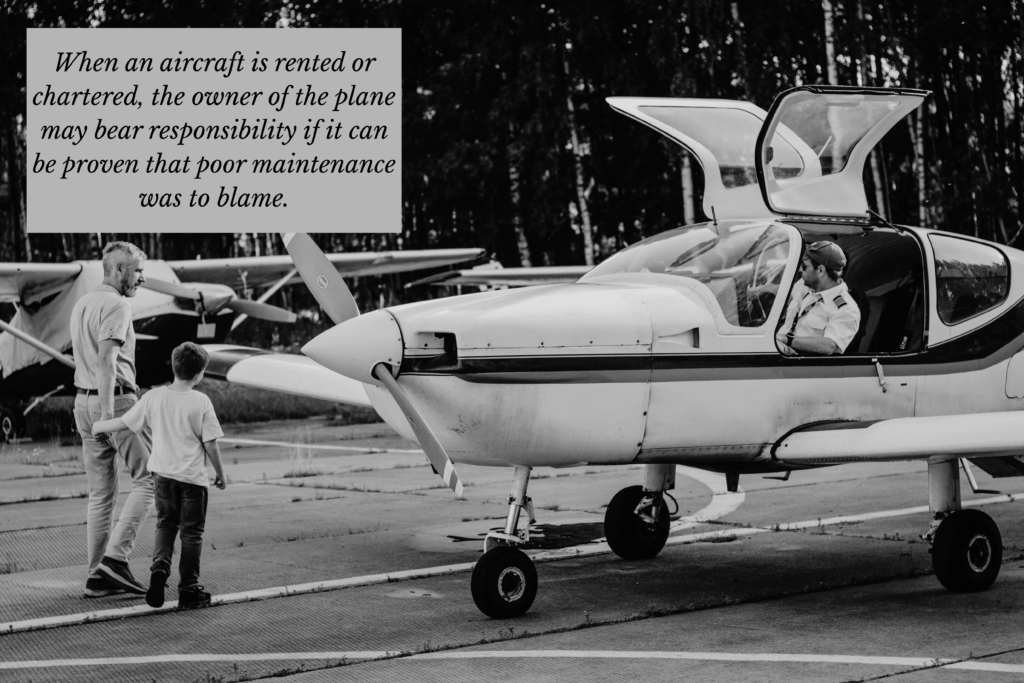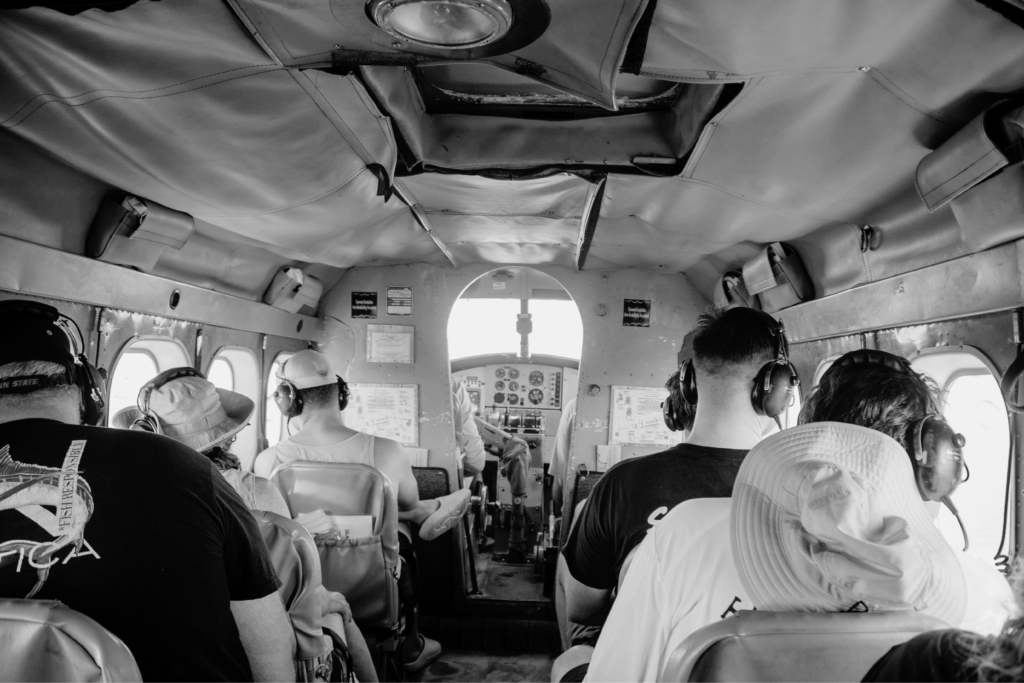Unlike commercial airlines which operate under strict federal regulations, private aircraft are often owned or rented by individuals, leading to complex liability questions when accidents occur. And with an estimated 350,000 small airplanes in operation across the globe logging more than 23 million flight hours each year, that fun flight can quickly become dangerous.
Determining responsibility for a crash starts with examining the various possibilities of what caused the accident, including pilot error, mechanical issues, and potential negligence by manufacturers, maintenance providers, or air traffic controllers.
It’s important to understand your legal rights and how to work with an experienced attorney to determine liability in a small plane accident.
Common Causes of Small Plane Accidents
Private aviation crashes can happen due to one or multiple contributing factors:
- Pilot error – Every pilot is only human, making it easy to misjudge weather conditions, fail to follow safety procedures, or lose situational awareness — any of which can lead to catastrophic accidents.
- Mechanical failures – Faulty aircraft parts or design flaws may lead to mid-air malfunctions.
- Weather conditions – Poor visibility, turbulence, and sudden storms can overwhelm even an experienced pilot.
- Fuel issues – Engine failure can be caused by contaminated fuel, fuel leaks, or a mismanaged fuel supply.
- Runway or air traffic errors – Pilots can sometimes encounter communication failures with air traffic control, as well as unsafe runway conditions and airport mismanagement.
Who is Liable in a Small Plane Accident?

Depending on the circumstances of the accident, the aircraft owner, manufacturer, maintenance crew, or even air traffic controllers may bear legal responsibility. It’s crucial to understand how these different stakeholders may be held accountable:
The pilot – If the crash was due to pilot negligence, the pilot or their estate may be liable. In the case of Nicholson/Riola Estates v. Rico Aviation, the National Transportation Safety Board found that the pilot suffered from spatial disorientation, misinterpreting altitude and flight angles and leading to a crash of a Pilatus PC12 near Amarillo, Texas. This ruling highlights how pilot error can be a central factor in liability, especially when flying under rental or charter arrangements.
The aircraft owner – When an aircraft is rented or chartered, the owner of the plane may bear responsibility if it can be proven that poor maintenance was to blame.
The manufacturer – If an accident occurs due to engine failure or defective avionics, victims may pursue claims against the manufacturer under strict liability or negligence standards. New Mexico courts have recognized product liability claims in various industries, which can extend to aviation cases.
Maintenance companies – Negligence in servicing or failing to detect critical defects can make maintenance providers liable.
Air traffic controllers/airports – A mismanagement of airspace, a failure to warn of hazards, and unsafe runway conditions can all lead to legal claims.
Injuries and Damages in Small Plane Crashes
Injuries from aviation accidents tend to be severe. Many small plane crashes result in loss of life because of the impact forces and post-crash fires. Victims can also experience traumatic brain injuries from blunt-force trauma, burns from fuel-related fires, and even spinal cord injuries from catastrophic crashes.
After determining liability, victims and families can pursue legal action to hopefully cover medical expenses, lost wages, pain and suffering, and wrongful death compensation.
Types of Lawsuits in Small Plane Accidents
Depending on the accident type and severity, legal claims may involve different types of lawsuits:
- Personal injury – Survivors can seek compensation for medical costs, lost earnings, and emotional distress.
- Wrongful death – Families of deceased passengers or pilots can file lawsuits against negligent parties.
- Product liability – If an aircraft defect or malfunction caused the accident, manufacturers can be sued for poor designs.
- Negligence – If an owner, pilot, or maintenance crew failed to perform their role safety, they may face legal liability.
- Federal tort – If an air traffic controller (serving as an FAA employee) failed to properly perform their job, a lawsuit against the federal government might be an option under the Federal Tort Claims Act.
Find an Experienced Aviation Accident Attorney after a Small Plane Crash
With 965 accidents involving non-commercial fixed-wing aircraft in 2022, it’s important to protect yourself, both while you’re in the air and after an accident. Navigating aviation accident claims requires extensive investigation, expert analysis, and legal experience.
Our own Samuel Kane is a licensed pilot himself, with a strong knowledge of the laws and regulations that come into play in a small plane crash lawsuit. If you’ve been grounded by a small plane crash, contact Kane Personal Injury to ensure you receive full and fair compensation.
Please note that this article was created for advertisement purposes, and it does not constitute any contractual legal relationship, nor imply one.
